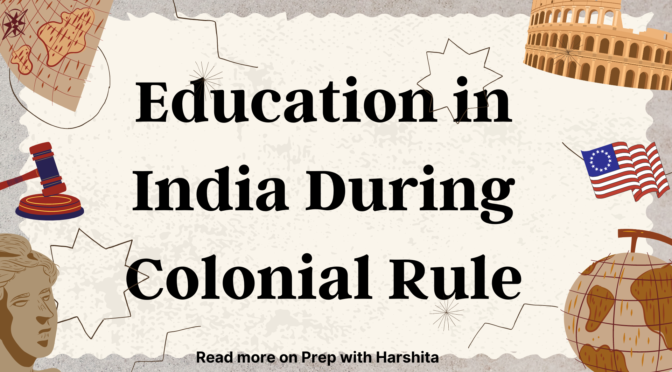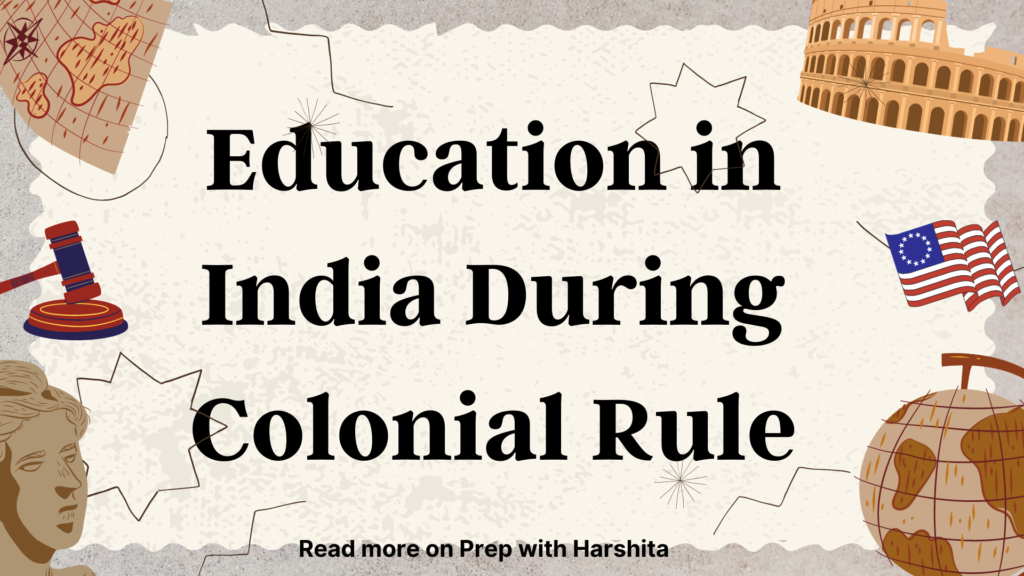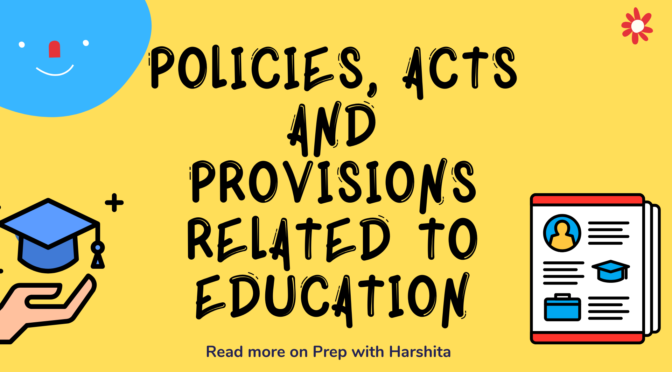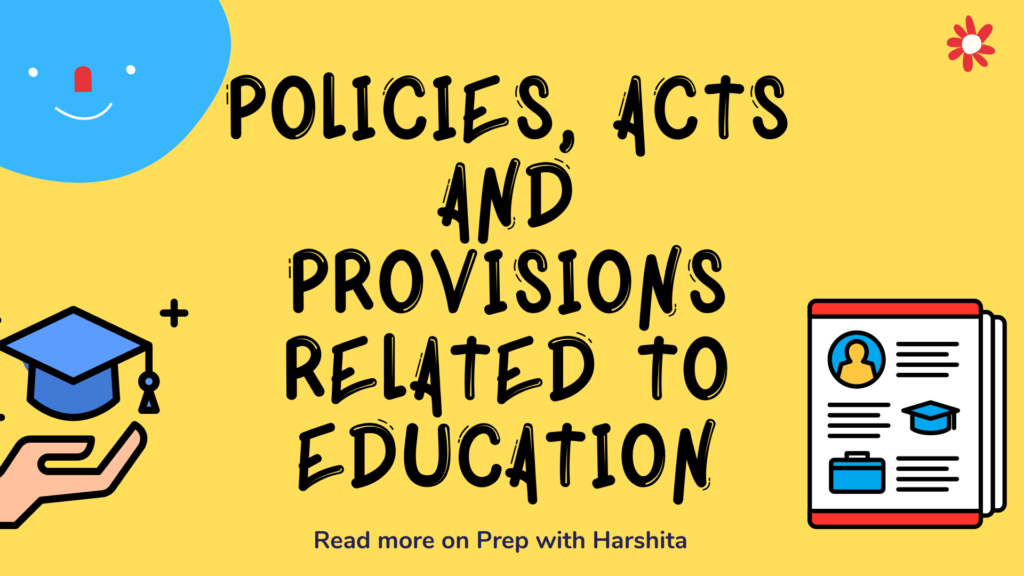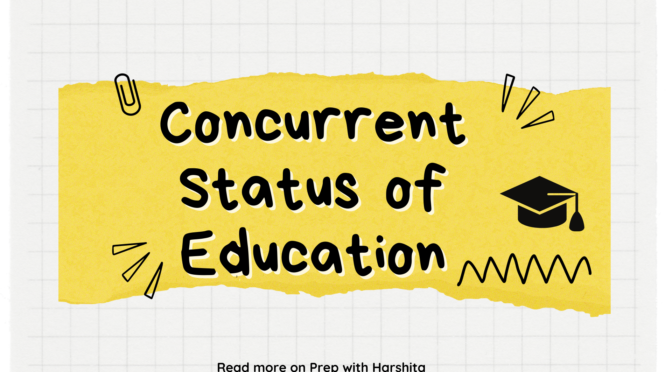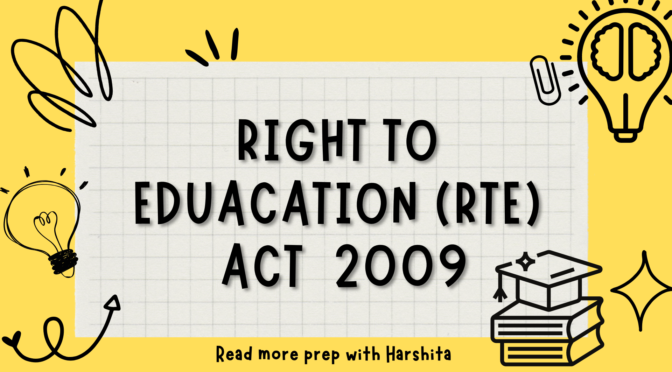The three-language formula is a language policy implemented in India to promote multilingualism and linguistic diversity. It was initially proposed by the Education Commission in 1964 and later endorsed by the National Policy on Education in 1968.
Here is a detailed explanation of the three-language formula:
- First Language: The first language refers to the mother tongue or regional language of the state where the school is located. It is the language in which students are most proficient and comfortable expressing themselves. The first language holds significance in promoting cultural identity and fostering a sense of belonging among students. In schools, the first language is typically the medium of instruction for various subjects.
- Second Language: The second language is usually another language of India, such as Hindi or English. It is taught as a compulsory subject in schools across the country. The choice of a second language depends on the state or region and can vary accordingly. For Hindi-speaking states, English is typically taught as the second language, while in non-Hindi-speaking states, Hindi is commonly taught. However, there is flexibility in the choice of a second language, and states have the autonomy to determine the language based on their linguistic and cultural context.
- Third Language: The third language is an additional language that students have the option to study alongside their first and second languages. The selection of a third language varies from state to state and is often based on the linguistic and cultural diversity of the region. Popular choices for the third language include regional languages other than the first language and second language, or a modern foreign language such as French, German, or Sanskrit.
Aim of three Language Formulas:
The aim of the three-language formula is to promote linguistic diversity, cultural understanding, and national integration. It encourages students to be proficient in their first language while also gaining proficiency in a widely spoken Indian language and an additional language. This approach helps students develop communication skills, cognitive abilities, and a broader understanding of different cultures and languages.
Implementation of Three Language Formulas:
The implementation of the three-language formula varies across states in India, as the country is linguistically diverse with numerous regional languages. Some states have their own language policies that go beyond the three-language formula, allowing for the inclusion of additional regional languages. The goal is to create a balanced language education system that respects the linguistic diversity of the country while promoting proficiency in multiple languages.
Advantages of implementing the three-language formula:
- Linguistic Diversity and Cultural Preservation: The three-language formula promotes linguistic diversity by emphasizing the use of regional languages as the first language. It acknowledges the importance of regional languages in preserving cultural identity and heritage. By encouraging the study of multiple languages, the formula ensures that students maintain a strong connection with their native language and culture.
- Multilingualism and Communication Skills: Learning multiple languages enhances students’ communication skills and linguistic abilities. It enables them to effectively communicate with people from different linguistic backgrounds within their own country. Proficiency in multiple languages expands their social and professional opportunities, facilitating better interaction and understanding in a diverse society.
- National Integration and Unity: The three-language formula fosters a sense of national integration and unity among students. Promoting the study of a widely spoken Indian language (typically Hindi or English) as the second language, it enhances communication and understanding among individuals from different regions. This common language proficiency helps bridge cultural and linguistic gaps, promoting national cohesion.
- Global Competence and Career Opportunities: In today’s globalized world, proficiency in multiple languages is highly valued. The three-language formula equips students with language skills that can be advantageous for their future careers. A strong foundation in multiple languages opens up opportunities for jobs in translation, interpretation, tourism, diplomacy, international business, and other fields that require cross-cultural communication.
- Cognitive Development and Academic Performance: Learning multiple languages enhances cognitive abilities, such as problem-solving, critical thinking, and creativity. It stimulates brain development and improves memory and concentration. Research suggests that bilingual or multilingual individuals often have better academic performance and cognitive flexibility compared to monolingual individuals.
- Appreciation of Cultural Diversity: Studying multiple languages exposes students to different cultures, traditions, and perspectives. It cultivates an appreciation for cultural diversity and fosters respect and empathy towards people from diverse backgrounds. This understanding of different cultures contributes to social harmony and a broader worldview.
- Personal and Social Benefits: Learning additional languages provides individuals with personal growth and enrichment. It promotes a sense of open-mindedness, adaptability, and appreciation for different ways of life. Multilingual individuals tend to have better cross-cultural communication skills, leading to improved interpersonal relationships and greater social integration.
It is important to note that the benefits of the three-language formula may vary based on the implementation and contextual factors in different regions of India. Flexibility in the choice of languages and the incorporation of local languages contribute to maximizing the advantages of the formula in promoting linguistic diversity, cultural understanding, and national integration.
Also Read: Right to Education

Also Visit: Prep with Harshita


